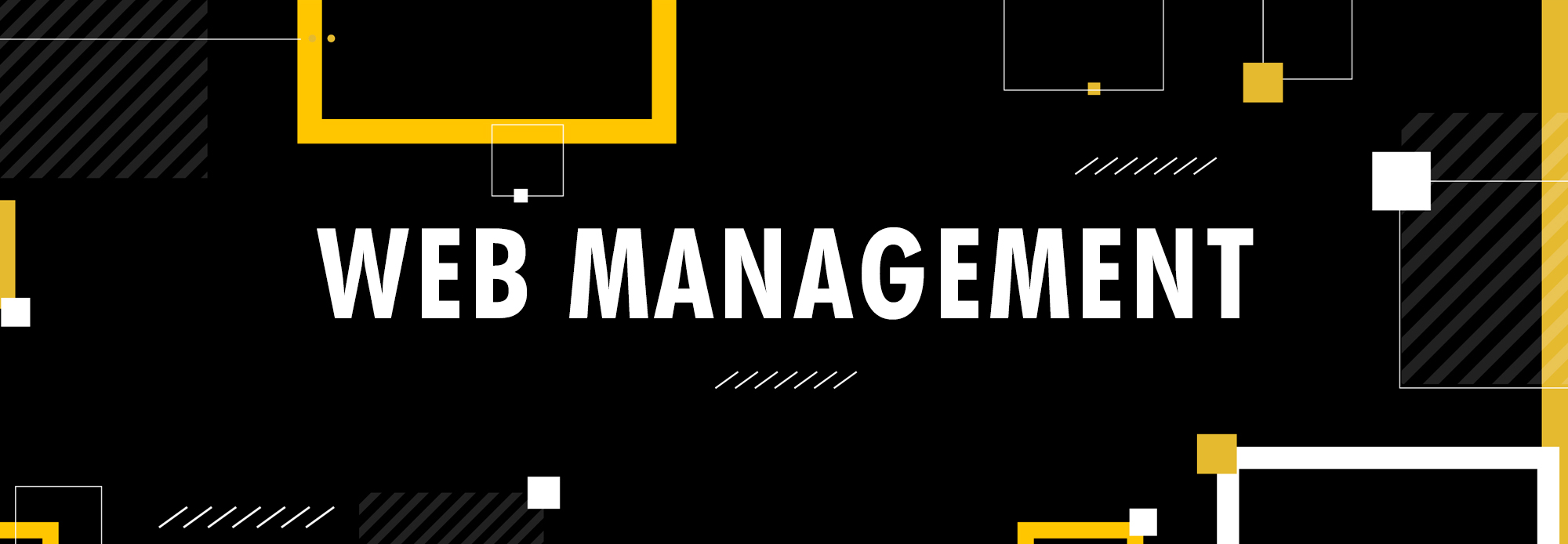WEB ACCESSIBILITY
Web accessibility means that people with disabilities can use the Web without encountering obstacles. More specifically, Web accessibility means that people with disabilities can perceive, understand, navigate, and interact with the Web, and that they can contribute to the Web. Web accessibility also benefits others, including older people with changing abilities due to aging.
For a more detailed definition, please visit the World Wide Web Consortium website.
Importance of Accessibility
Legal Responsibility
- Americans with Disabilities Act (ADA)
- Section 508 of the Rehabilitation Act
- Oklahoma's Electronic Information and Technology Accessibility Act (EITA)
- Web Content Accessibility Guidelines Version 2.1, AA (WCAG) - Compliance Deadline of April 24, 2026: see ADA Fact Sheet or WCAG 2 overview for more information.
Who Has to Follow WCAG Rules?
- Public universities, community colleges, and public schools
- This includes all CU departments and offices, all CU faculty and staff, and all CU Campus Organizations using official CU Social Media pages, the CU website, and CU email accounts
- This also includes third-party content posted by CU, content posted by a contractor or vendor on behalf of CU, and tools and/or platforms that allow third parties to post content on CU official platforms (website, social media pages, and email)
- State and local government offices, police departments, courts, election offices, transit agencies
- Public hospitals and healthcare clinics
- Public parks and recreation programs, public libraries
What Types of Digital Content Need to be Accessible
- Websites
- Mobile Apps
- Documents
- Social Media Posts (including graphics)
- Emails
- Videos
- Public and Internal Content
- Third-party Products and Software
Four Major Disability Types
- Visual - blindness, low vision, color-blindness
- Hearing - deafness, and hard-of-hearing
- Motor - inability to use a mouse, slow response time, limited fine motor control
- Cognitive - learning disabilities, distractibility, inability to remember or focus on large amounts of information
For more information, please visit the WebAIM website.
Ways We Can Make a Difference
When adding materials to the web, posting to social media, and sending emails, there are many things we must do to meet federal WCAG compliance standards:
- Utilize alternative (alt) text/tags on all photographs, graphics and images.
- Create accessible electronic media (PDF, Word, Power-Point, Blackboard, videos, etc.).
- Check all documents for accessibility before uploading to the web or sending through email.
- Avoid using pictures of text.
- Don't use/share scanned documents without using Optical Character Recognition software first.
- Add synchronized captions to all videos.
- Create an accessible transcript for all audio files.
- Ensure your color contrast meets federal guidelines for minimum contrast ratio of 4.5:1. Three free color contrast checkers are WebAIM Contrast Checker, TPGi Colour Contrast Analyser from Vispero (requires a download on your computer), and Deque University Color Contrast Analyzer.
Skills to help achieve the standards above
- Use good structure (headings, lists, tables, semantic markup)
- Create equivalent experiences (image descriptions/alt text, captions, transcripts, or audio descriptions)
- Make content readable (plain language, reading level, fonts, descriptive links)
***Please note, the above list does not cover all accessibility guidelines.

